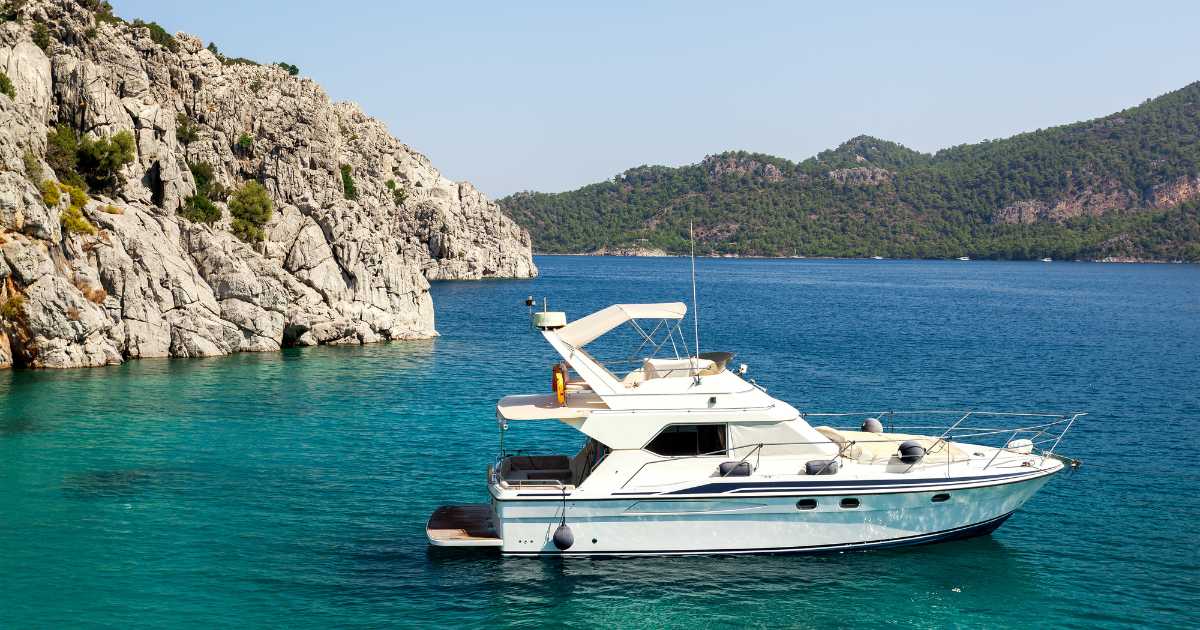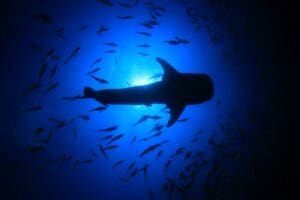How to Prevent and Cure Seasickness for an Enjoyable Whale-Watching Adventure
Whale watching offers an exhilarating opportunity to observe some of the ocean’s most majestic creatures in their natural habitat. However, it’s not uncommon for participants to experience seasickness, a form of motion sickness that occurs in response to the movement of the boat.
Symptoms like nausea, vomiting, and dizziness can turn an exciting adventure into an uncomfortable experience. To ensure that the thrill of spotting whales isn’t overshadowed by discomfort, it’s essential to take preventative measures and be aware of remedies for seasickness.
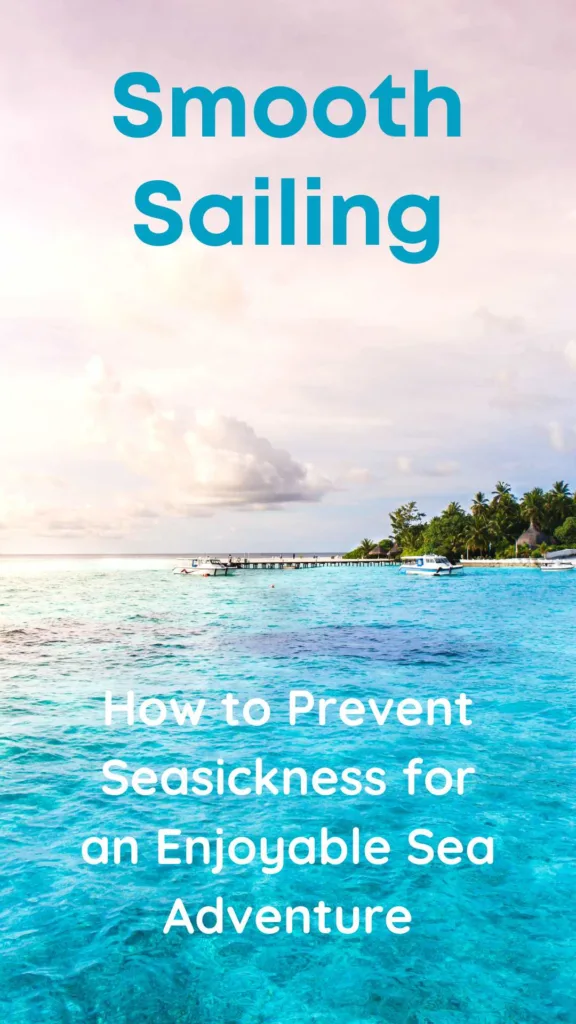

Understanding the causes of seasickness and how to mitigate them is key to a pleasant whale-watching experience. The mismatch between visual signals and the body’s balance system leads to the symptoms associated with motion sickness. Preparing in advance with strategies such as choosing the right food and drink, staying hydrated, and positioning oneself appropriately on the boat can make a significant difference. For those who are prone to motion sickness or are concerned about the possibility, there are natural and medicinal remedies that can help alleviate the symptoms.
Adhering to tips from experienced whale watchers and health professionals can contribute to an enjoyable excursion. Engaging in practices such as focusing on the horizon, avoiding strong odors, and getting fresh air may help reduce the likelihood of seasickness. For additional support, wearing pressure point bands or consulting with a healthcare provider about medications might be beneficial. With the right preparations, whale watchers can enhance their chances of a memorable and comfortable experience on the water.
Understanding Sea Sickness
Sea sickness is a type of motion sickness commonly experienced on a moving boat. It occurs when there’s a disconnect between the inner ear, the part responsible for the balance mechanism, senses, and what the eyes see.
Symptoms
The primary symptoms of sea sickness include:
- Dizziness
- Nausea
- Vomiting
- Headache
- Cold sweats
These symptoms can appear quickly and vary in intensity.
Inner Ear and Balance
The inner ear contains a complex system that helps humans maintain their balance and orientation. When the motion of the boat doesn’t match what the brain expects based on visual and physical cues, seasickness can set in.
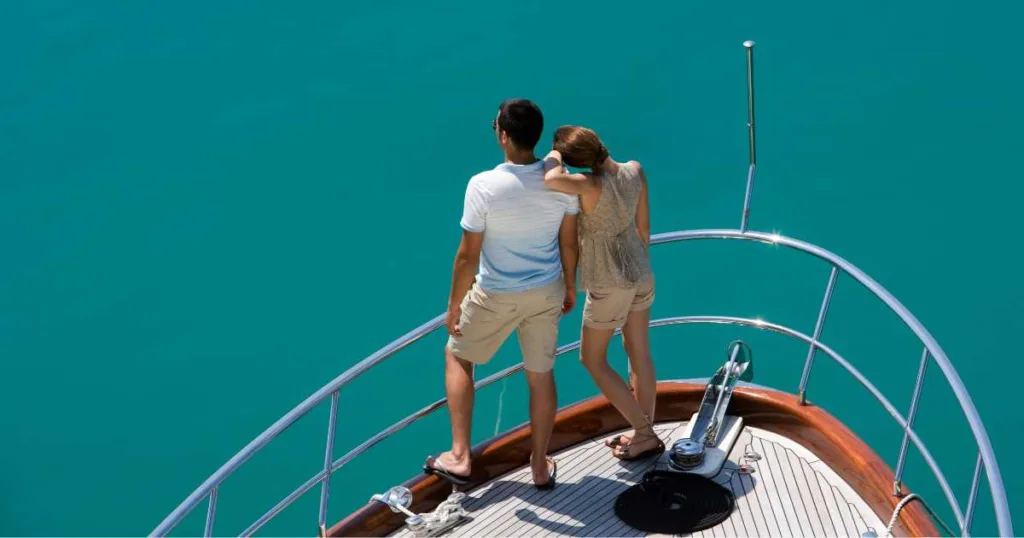

Coping Strategies
Individuals can adopt certain strategies to minimize the effects of sea sickness:
- Positioning oneself in the middle of the boat, where movement is felt less.
- Focusing on the horizon or a stationary object to realign sensory cues.
- Ensuring adequate hydration and consuming light, bland foods before and during the voyage.
Understanding sea sickness and its triggers allows for better preventive measures and remedies, enhancing the whale-watching experience.
Preparation Strategies
Preparing for a whale watching trip involves strategies to prevent sea sickness, understanding dietary considerations, knowing physical and mental techniques, and knowing what to pack for a comfortable experience, even when traveling by car or plane, before boarding the boat.
Preventing Sea Sickness
One effective method to prevent seasickness is taking over-the-counter medications such as Dramamine or Bonine. Experts suggest taking a dose the night before and one hour prior to travel. These medications can help prevent the discomfort associated with the movement of the water.
- Over-the-counter medication: Dramamine, Bonine
- Prescription drugs: May be necessary for those with severe motion sickness
- Acupressure bracelets: Can alleviate symptoms without medication
Dietary Considerations
To combat sea sickness, it’s important to avoid alcohol and coffee and focus on hydration and eating bland foods. Start with a light breakfast such as bread or crackers to maintain balance. Consider bringing ginger ale or ginger candy, which can help settle the stomach naturally.
- Recommended: Ginger ale, ginger candy, bland crackers, hydration (water)
- Avoid: Alcohol, coffee, greasy foods
Physical and Mental Techniques
Physical techniques such as focusing on the horizon can maintain a sense of balance and reduce the feeling of motion. Mental techniques such as deep breathing exercises can calm the mind and reduce the risk of nausea. Rest is also crucial; ensure a good night’s sleep before the day of the trip.
- Focus: Horizon, stationary objects
- Breathing: Controlled breathing techniques
- Rest: Adequate sleep prior to travel
What to Pack
Packing appropriately for a whale watching trip includes bringing items to address temperature changes and protect from the sun. Sunglasses and sunscreen are essential, as is dressing in layers. Additionally, consider bringing snacks that can ease sea sickness and maintain energy levels throughout the trip.
- Sun protection: Sunglasses, sunscreen
- Clothing: Dress in layers for variable temperatures
- Snacks: Bland foods, crackers, ginger products
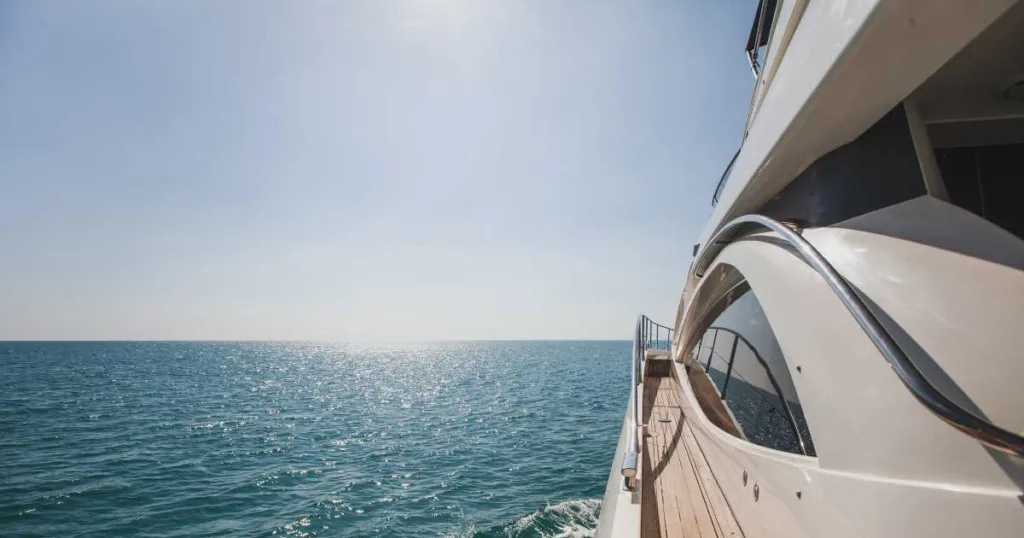

During the Whale Watching Experience
During a whale watching tour, it is essential for travelers to maintain their balance amidst the swaying and rocking of the vessel. Understanding how to manage seasickness symptoms and maintaining comfort can significantly enhance the whale watching experience.
Finding Your Sea Legs
To find stability on the deck, getting accustomed to the boat’s movement is crucial. Swaying with the ship rather than against it can help the body adapt. A marine biologist might suggest focusing on a fixed point on the horizon to help steady oneself. This visual trick can assist in aligning one’s sense of balance with the motion of the ocean.
Managing Discomfort
Should symptoms of seasickness like nausea, vomiting, or dizziness occur, it’s important to act promptly. Simple remedies include taking slow, deep breaths of fresh air or utilizing acupressure wristbands designed to reduce motion sickness. To manage headaches or discomfort, travelers are advised to minimize head movements and avoid areas with strong smells, as these can exacerbate symptoms.
Maximizing Comfort and Enjoyment
For optimal comfort, guests should dress in layers, as temperatures can vary between the sun and spray. Eating bland foods and staying hydrated is also advised to avoid seasickness. When feeling unwell, moving to the back of the boat where the rocking is typically less intense and staying in the fresh air rather than retreating to enclosed quarters can prevent the progression of seasickness. Observing the diversity of marine life can also serve as a pleasant distraction that can minimize the impact of seasickness.
Remedies and Aftercare
Various remedies and aftercare strategies can mitigate symptoms such as nausea, vomiting, and dizziness when experiencing seasickness while whale watching. For persistent symptoms, it is important to consider both over-the-counter options and natural remedies, as well as professional advice.
Over-the-Counter Options
Many individuals find relief through over-the-counter medications specifically formulated to combat seasickness. Dramamine and Bonine are widely recognized options that can prevent and treat symptoms like nausea and dizziness. However, they may cause side effects such as drowsiness and headaches.
- Dramamine (Dimenhydrinate): Effective for nausea and vomiting but may induce drowsiness.
- Bonine (Meclizine): Less likely to cause drowsiness, suitable for those who need to remain alert.
Natural and Home Remedies
Incorporating natural remedies can provide relief without the side effects associated with medications. Ginger, in various forms such as ginger candy, ginger ale, or ginger tea, is known for its antiemetic properties, which help to ease stomach upset.
- Ginger: May be consumed as candy, ale, or tea to alleviate nausea.
- Fresh Air: Staying above deck in the fresh breeze can help reduce seasickness symptoms.
Professional Medical Treatment
For those with severe seasickness, prescription drugs may be necessary. A healthcare provider can prescribe effective medications that may have fewer side effects than over-the-counter options or offer stronger relief if standard remedies fail.
- Prescription Drugs: Consulting a healthcare professional may lead to more customized seasickness treatment.
Post-Trip Recovery
After a whale-watching excursion, rest and proper hydration are crucial for a full recovery from seasickness. Consuming bland foods and avoiding rich or spicy meals can help ease recovery and reduce lingering nausea.
- Rest: Taking it easy post-trip can help the body regain stability.
- Hydration and Bland Foods: Sipping water and eating simple foods like crackers can soothe the stomach.
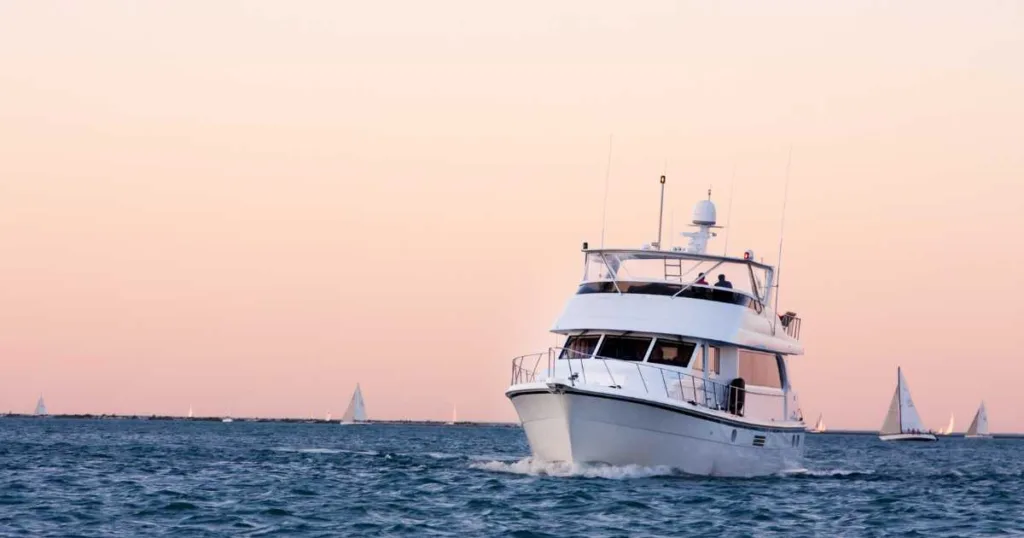

Environmental Considerations
When engaging in whale watching, the well-being of marine life must be a top priority. Tour operators and participants are encouraged to respect the natural behaviors and habitat of whales. Close encounters with boats can cause stress to these majestic creatures and lead to alterations in their migration patterns, sometimes with consequential effects on breeding and feeding.
In regions like Mexico and Alaska, which are pivotal for the migration of gray whales, it is vital to follow guidelines set forth by marine biologists. These experts understand the impact of human activity on marine ecosystems and advocate for practices that minimize disturbance to these animals, particularly in critical habitats along the North American coast.
Exposure to the sun and water environment while watching whales can have indirect effects on the environment. It’s important to use biodegradable sunscreens and avoid contaminating the water with any substances that could harm aquatic life.
Table 1: Recommended Practices for Whale Watching
| Aspect | Practice |
|---|---|
| Distance | Maintain a safe distance from whales to avoid disturbance. |
| Speed | Approach slowly to prevent distress and injury to whales. |
| Duration | Limit the time spent observing to reduce cumulative impact. |
| Waste | Dispose of waste responsibly to protect the marine environment. |
Following these practices ensures that whale watching remains a sustainable activity that educates the public while safeguarding the integrity and beauty of marine ecosystems for generations to come.
Safety and Practical Tips
When embarking on a whale watching adventure, safety and practicality should be prioritized to ensure a pleasant experience. From preventing sea sickness to observing the majesty of marine life, these considerations help create a safe and memorable outing.
Staying Safe on the Boat
For traveler safety on a whale watching vessel, it’s crucial to adhere to the crew’s instructions and be aware of safety protocols. Life jackets should be accessible, and passengers need to know the locations of life rafts and emergency exits. Remaining seated when the boat is moving helps maintain balance, reducing the risk of falls due to the boat’s rocking.
To prevent sea sickness, passengers can consider sickness bracelets or over-the-counter remedies before boarding the boat. Staying on the deck where fresh air is constant and gazing at a stable horizon can mitigate dizziness and nausea. It’s best to avoid areas with intense smells, such as the bathroom or galley, and limit activities like reading that can exacerbate sea sickness by conflicting with the body’s sense of movement.
Best Practices for Whale Observing
Whale watching should be conducted respectfully, not disrupting the migratory patterns and natural behaviors of cetaceans. Passengers are encouraged to use their visual focus to spot the whales instead of relying on cameras, which allows for a more direct and enriching experience. One should be on the lookout for marine life signs, like splashes or blows, to anticipate sightings.
Marine biologists or knowledgeable staff often share valuable input, guiding travelers to anticipate when and where whales might appear. Following their suggestions not only maximizes the chance of observing these majestic creatures but also contributes to responsible whale watching practices.
Interacting with Marine Staff
Communication with marine staff can greatly enhance the whale-watching experience. They offer insightful information about the behavior and migration patterns of whales, which can educate and excite passengers. Staff might also provide tips on preventing sea sickness, such as when to target calmer waters for those more prone to movement-induced discomfort.
Listening to the crew’s guidance on safety can prevent accidents, and their knowledge about the sea conditions can suggest the best times to be on deck or spotted locations of marine life. Engaging with the staff can ensure travelers’ safety while facilitating a deeper appreciation for the ocean’s inhabitants.
Conclusion
In the endeavor of whale watching, travelers seeking close encounters with awe-inspiring marine life must often contend with the possibility of becoming seasick. Prevention is as crucial as timely remedies to ensure a memorable experience. Travelers can employ various strategies before and during their voyage to mitigate the discomfort of motion sickness.
Preventive Measures:
- Medications: Over-the-counter antihistamines or prescription patches can be effective.
- Ginger: A natural remedy, ginger may reduce stomach upsets related to seasickness.
Tips During the Voyage:
- Stay on deck: Engage in horizon-watching to help balance the body’s sense of motion.
- Hydrate: Drink plenty of water; dehydration can exacerbate symptoms of seasickness.
- Avoid heavy meals: Prior to boarding, one should avoid excessive alcohol and fatty foods.
For those who find themselves feeling unwell, immediate remedies are at hand:
- Acupressure wristbands: Pleasing for their non-invasive nature, they may provide relief by applying pressure to certain points on the wrist.
- Fresh air and rest: If nausea strikes, inhaling fresh sea air and seeking a spot to rest can alleviate symptoms.
By keeping these preventive and remedial practices in mind, enthusiasts can immerse more fully in the splendor of whale watching without the shadow of seasickness looming over their adventure.
Frequently Asked Questions
Whale-watching tours offer majestic sights, but they also present the challenge of sea sickness. These FAQs provide essential advice for prevention and relief.
How can sea sickness be prevented during whale-watching tours?
Prevention is key; passengers are advised to stay on deck in the fresh air and focus on the horizon. Over-the-counter medications like meclizine or dimenhydrinate can be helpful when taken prior to departure.
What are the most effective remedies for motion sickness on a boat?
Effective remedies include over-the-counter antihistamines and acupressure wristbands. It is also beneficial for individuals to remain in areas with the least motion.
Are there any particular foods or drinks that can help mitigate seasickness symptoms?
Crackers and carbonated beverages can help settle a queasy stomach. Avoiding heavy, spicy, or fatty foods before and during the tour can also be beneficial.
Is it better to take medication before or after boarding for sea sickness prevention?
It’s preferable to take motion sickness medication before embarking as a preventive measure. This allows the medication to be active in the system before any motion is encountered.
Can ginger help manage sea sickness symptoms during whale watching, and how should it be taken?
Ginger has been recognized for its natural anti-nausea properties. It can be taken in the form of ginger candies, capsules, or tea before or during the tour for symptomatic relief.
What practices can be followed onboard to reduce the risk of developing sea sickness?
Passengers should maintain a steady gaze on the horizon, stay in well-ventilated areas, and limit head movements. Hydration is important, but alcohol should be avoided as it can exacerbate symptoms.

